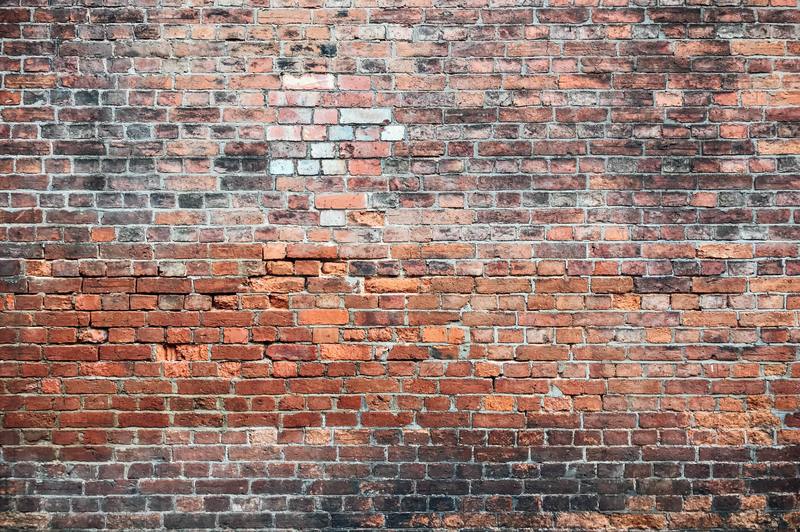If you want to know how to clean water damaged walls because of water stains, then this article is perfect for you. To clean water-damaged walls, you have to prepare your bleach and water mixture.
This read includes steps in cleaning water-damaged walls, the repercussions of not cleaning your water-damaged walls, the signs of water damage on walls, and, lastly, the topic of insurance.

Steps In Cleaning Water Damaged Walls
Water damage is not easy to purge and fix. However, the first step in repairing water damage is cleaning them. Here are the steps:
Step #1. Remove dirt
Wash dirt or mud off your walls with a mop cloth or a hose. Work downwards and get rid of wallboard, paneling, and plaster. If a big part of the wallboard is water-damaged, then cut a 4- to 12-inch section to create a chimney effect, which can help with the drying process.
Step #2. Bleach and water mixture
Before you work on this part, you have to have rubber gloves first. Then, prepare the mixture by pouring one cup of bleach and three cups of water into a clean bucket. Add more if you have to clean a large stain but maintain the same proportions.
Step #3. Rub, rub, rub
Get a large sponge and dip it in the mixture, then scrub the water-damaged wall. Be sure to remove mildew or mold. Saturate the wall with the bleach and water solution and let it sit for about 20 minutes.
Step #4. Clean
Get another large sponge, then dip it in clean water. Then, dab it on the wall to remove the bleach and water mixture. Continue wiping the area and dry it using a clean cloth.
Step #5. Paint
After cleaning and drying the walls, you can now paint the area again. Use a stain-blocking primer, then paint on it. Maintain the same paint color.
What happens when you do not clean and fix water-damaged walls?
When you do not clean and fix your water-damaged walla, you run the risk of letting mold fester in your walls. Besides that, it can be harmful to you, especially if the water damage is from floodwater. Floodwater may contain toxic waste or sewage waste.
Being in contact with such water will undoubtedly be harmful to your family. Apart from it being detrimental to you and your family, it depreciates your home’s value. A sign of unfixed water damage would give your home a lower price value, and people may not even be willing to buy it.
Since water is absorbed by the wood, leaving your water damage untreated would cause structural damage to your home. Water-damaged walls become damp, which is a structural risk.
Lastly, when water evaporates, your home may be home to mold and mildew as well. This would then attract insects, which could spread diseases in your home.
Signs of water damage in your home
Puddles
If your home has a puddle that keeps coming back no matter how many times you clean it, then you may have a leak. Leaks are a cause of water damage at home, and if they occur suddenly, they may be covered by insurance.
Cracks, bubbles, and flakes
If your walls show signs of cracking or flaking, then you may have water damage. Some wood materials used in homes may even swell and distort when damaged by water.
Running water sounds
If you hear changes or an additional running water sound in your home, then, you may have water damage. Water damage is not easy to see, but you may be able to hear it. It may even be a dripping sound while every faucet in your house is closed.
Wet or dark spots
If your walls or ceiling are white, then this will be easy to spot. If you see discoloration on your ceilings or walls, then you have water damage in your midst. These water stains are hard to miss, especially in light-colored paints.
Musty or damp smell
This time you have to use your sense of smell. If you smell a damp or moldy scent, then that means you have water damage. These smells are distinct, so it would be hard to miss, so be sure to watch out for them!
Spike in utility bills
If you notice an increase in utility bills without you doing anything new for the month, then there may be a hidden leak in your midst. This hidden leak may lead to water damage if it hasn’t already damaged a part of your house.
Are the cleaning costs part of your insurance coverage?
Generally, insurance companies have water damage as part of their insurance coverage as long as they are sudden and accidental. However, if the water damage led to mold, then it may not be included anymore. You can opt to contact your lawyer for clarification.
Conclusion
This is the end of the article, and you now know how to clean water damaged walls with a bleach and water mixture. You also now know what to watch out for when you have undetected water damage at home and whether they are covered by insurance.
